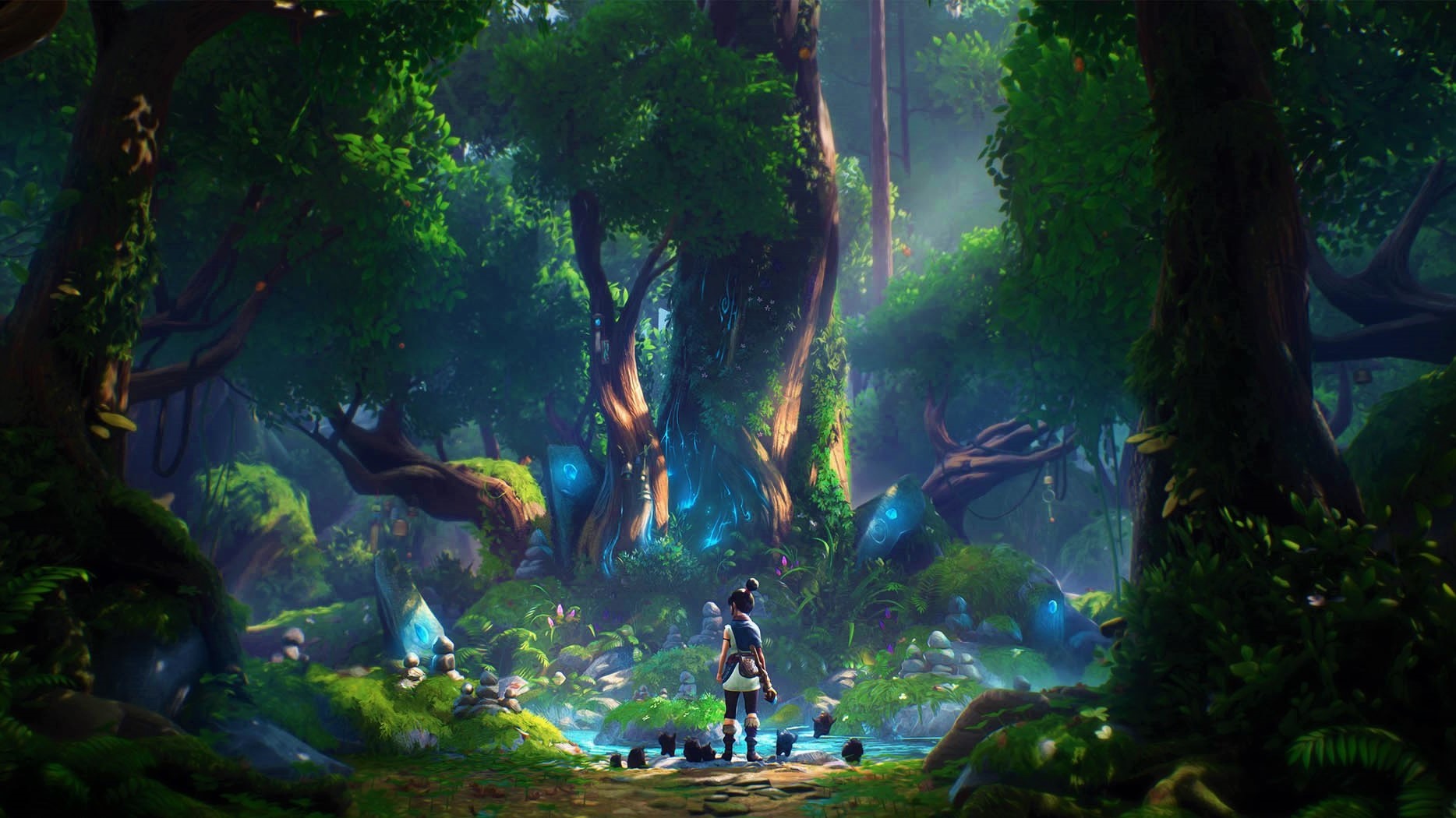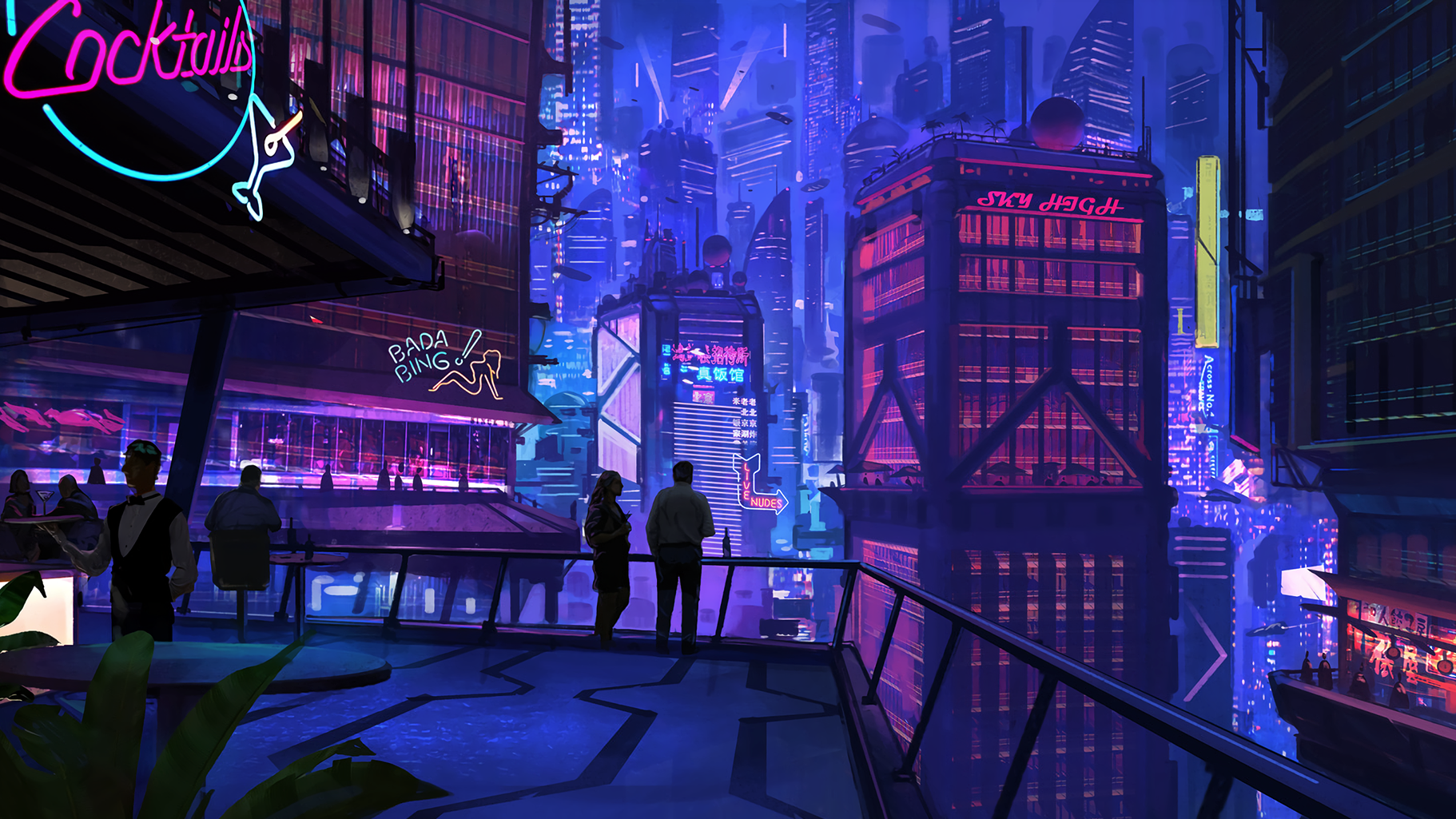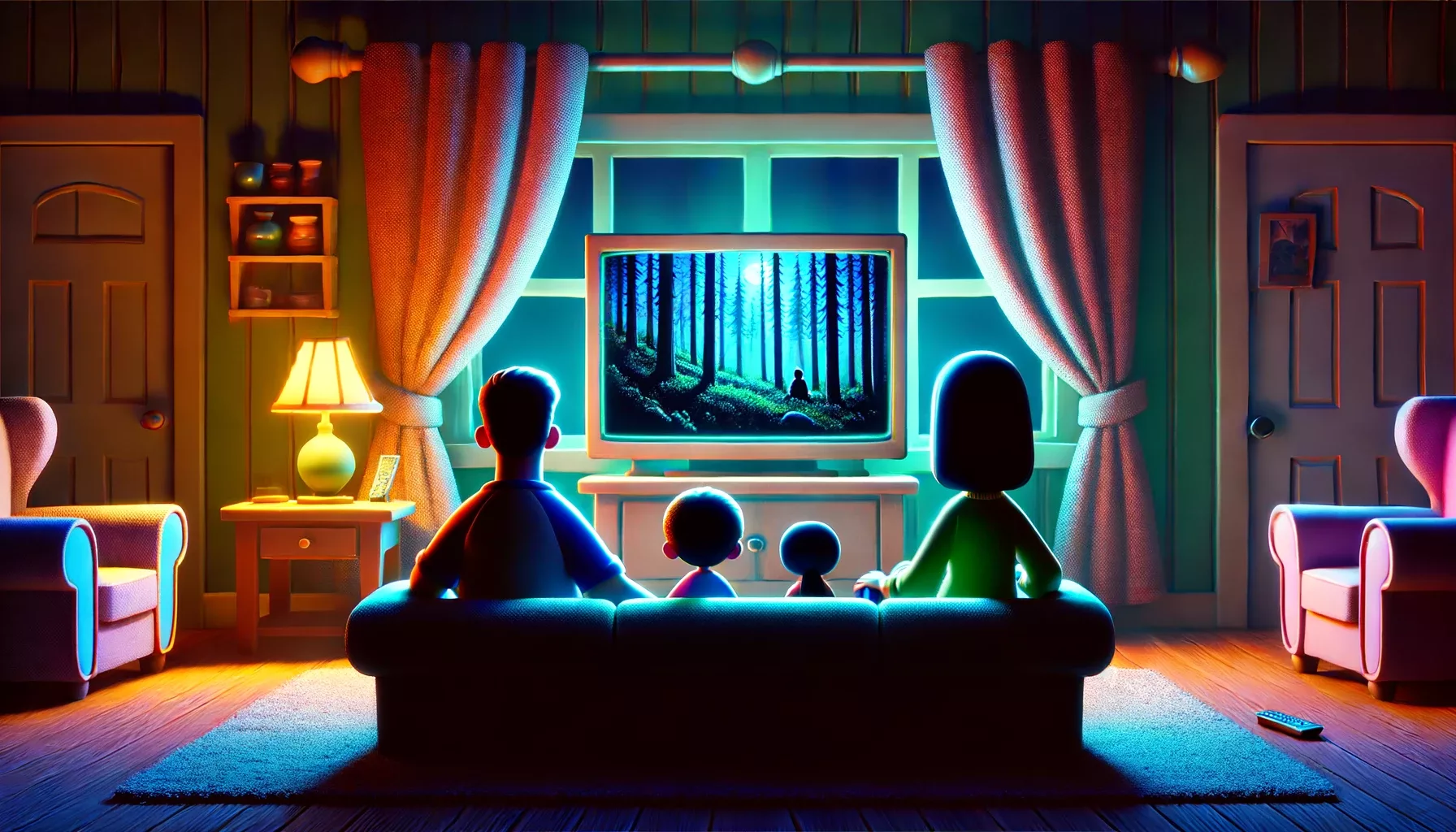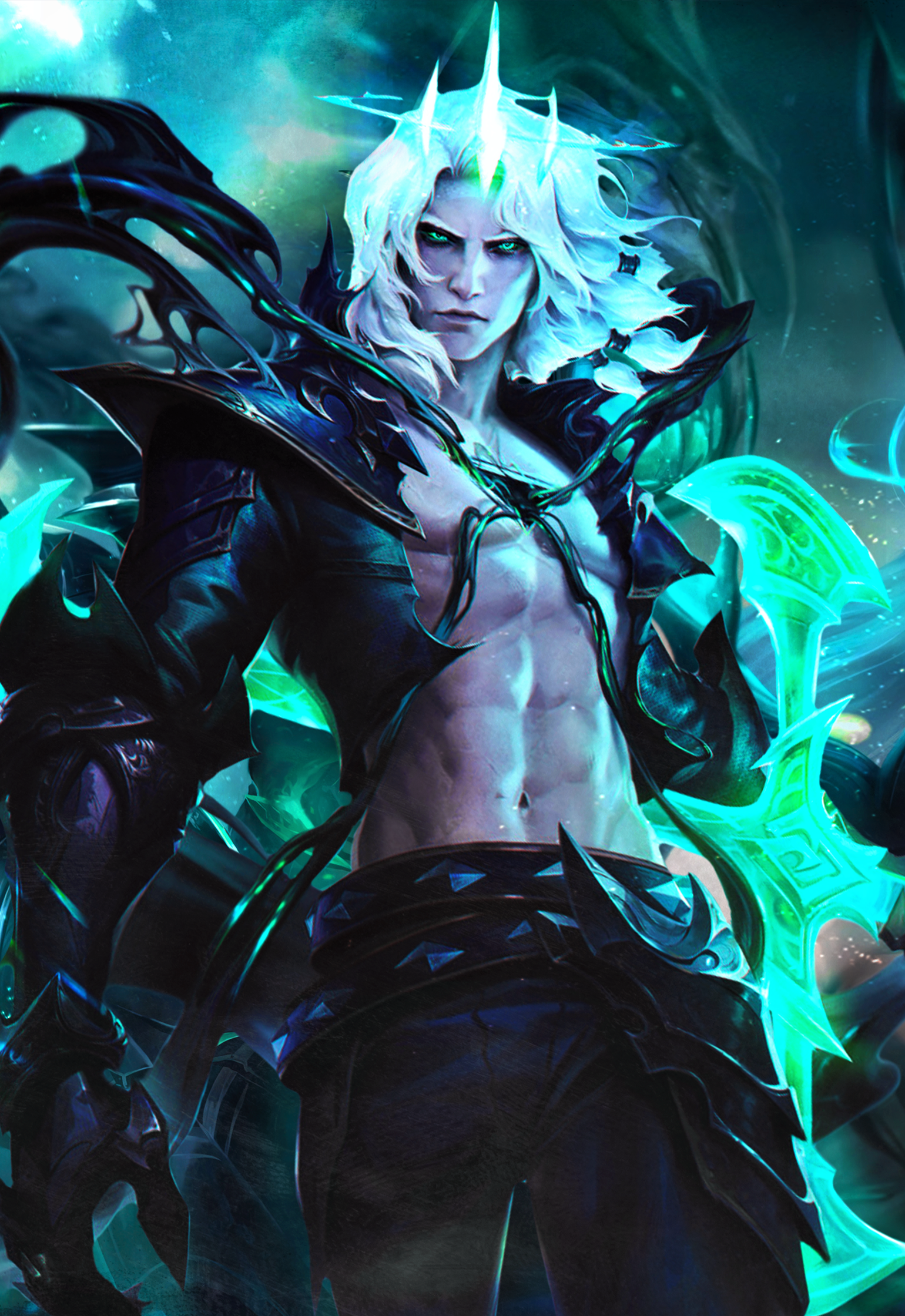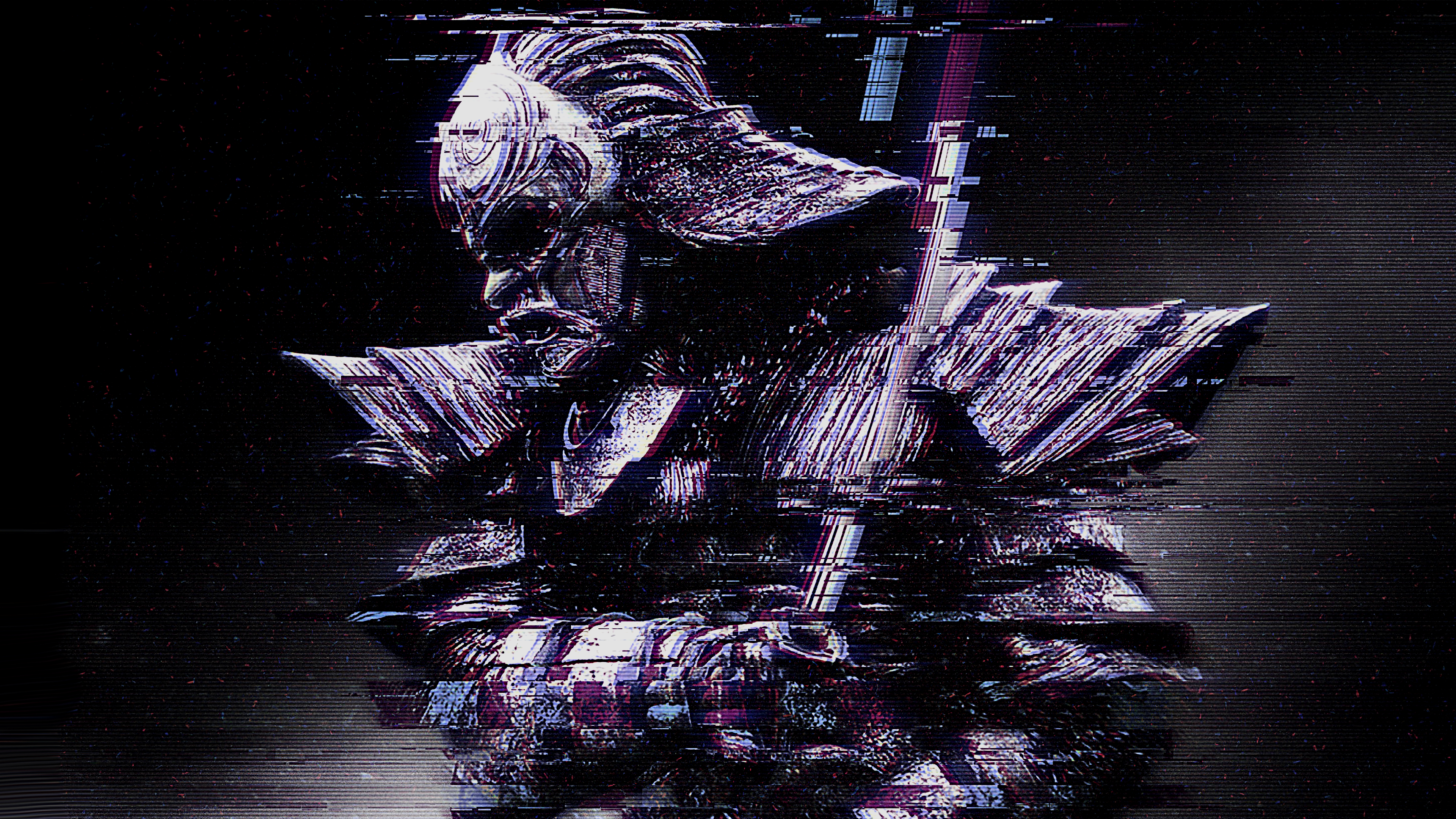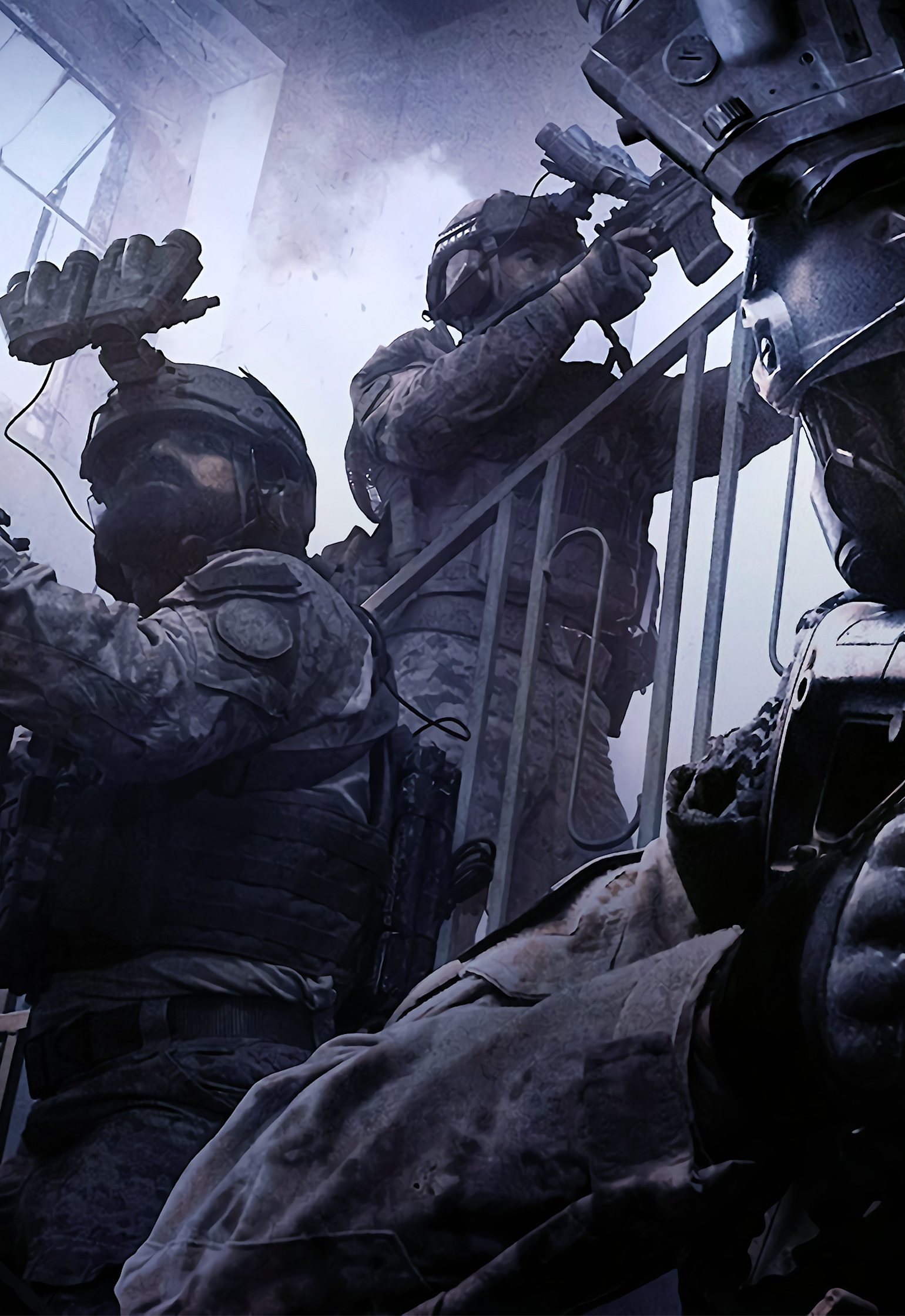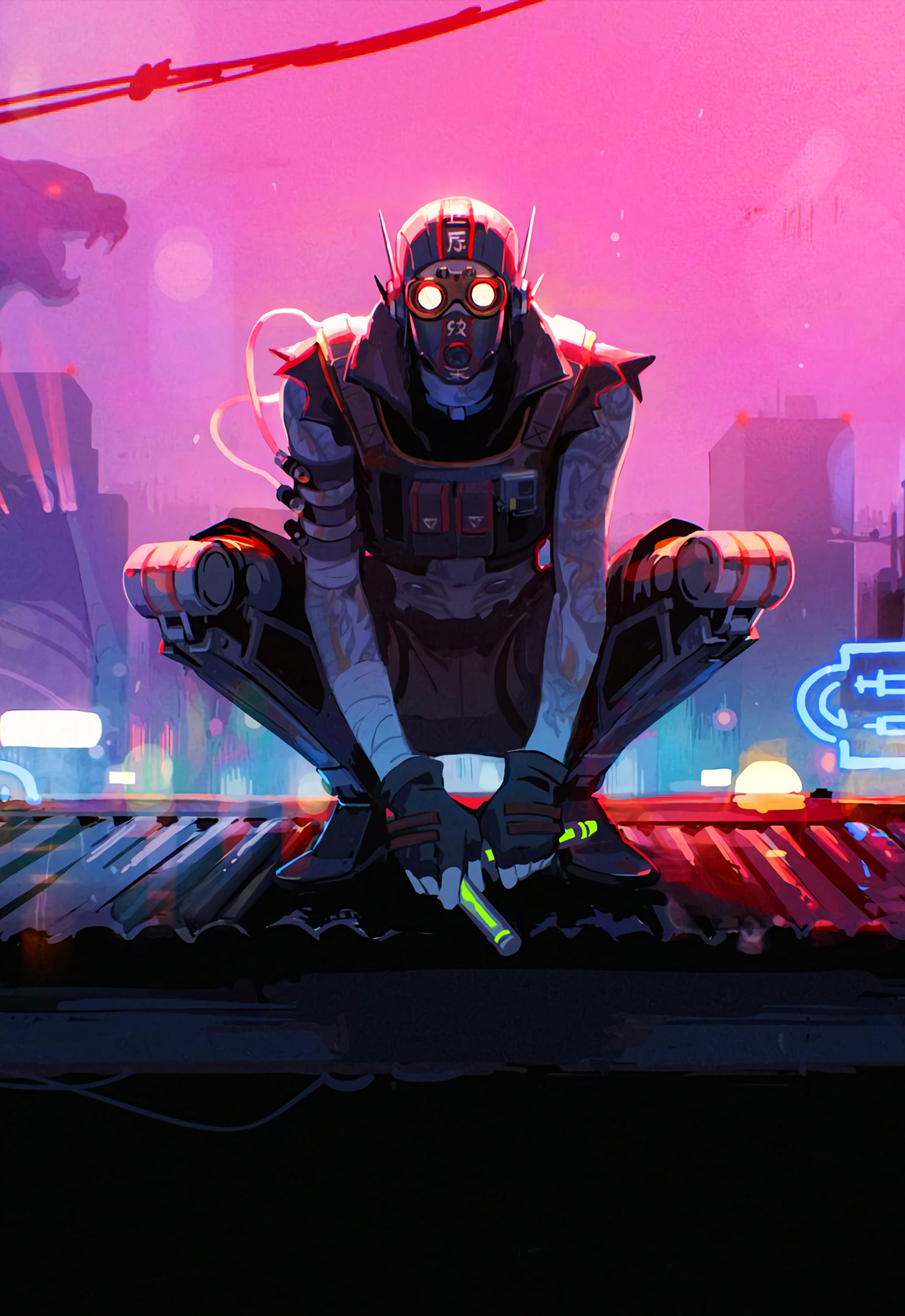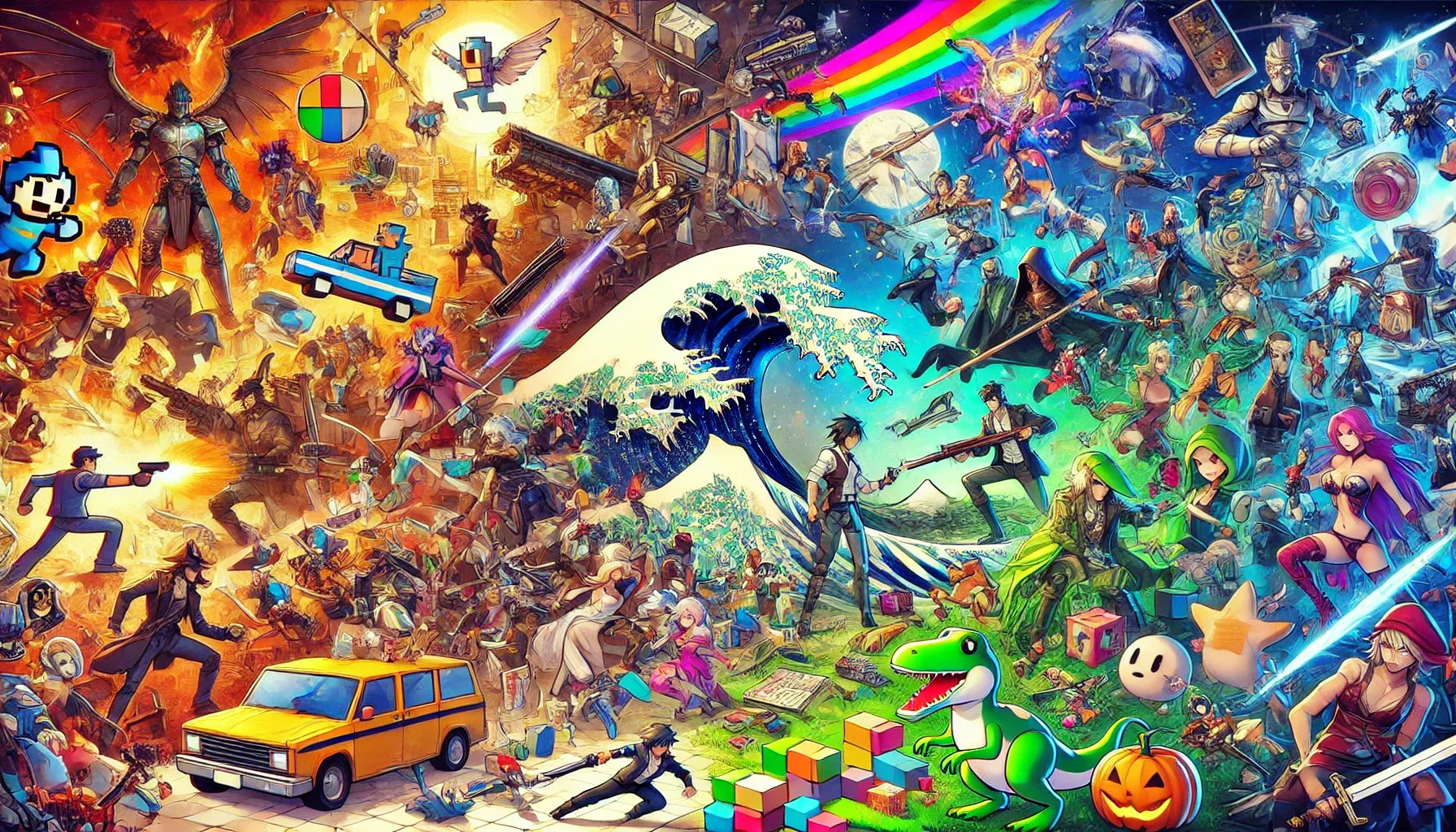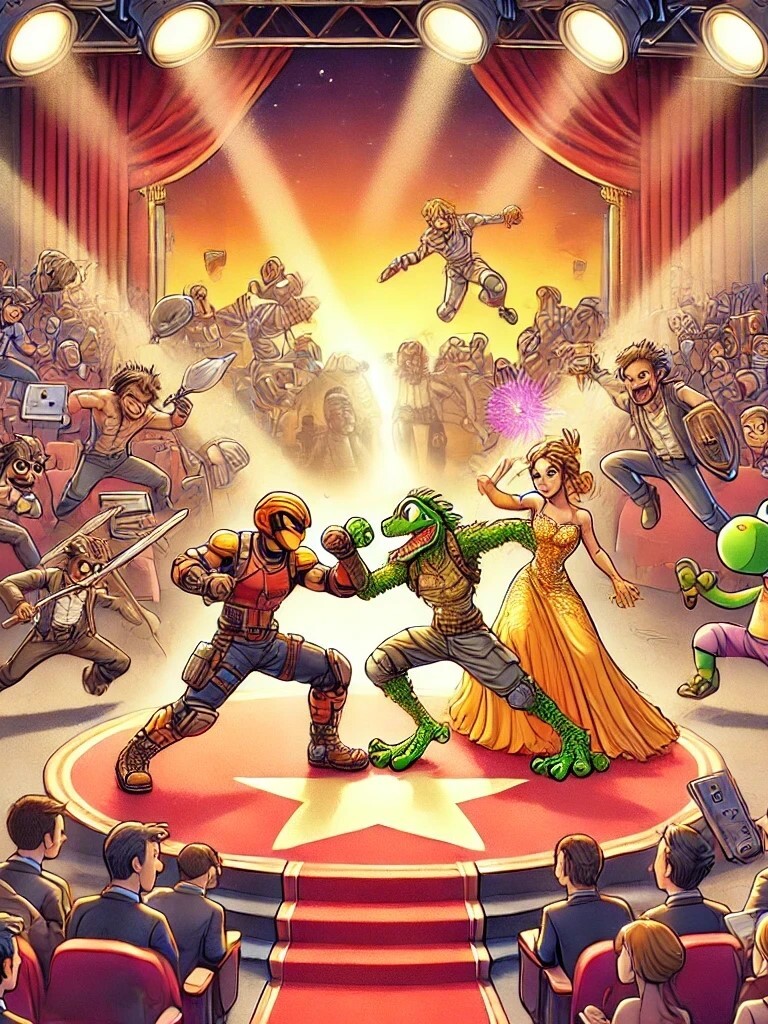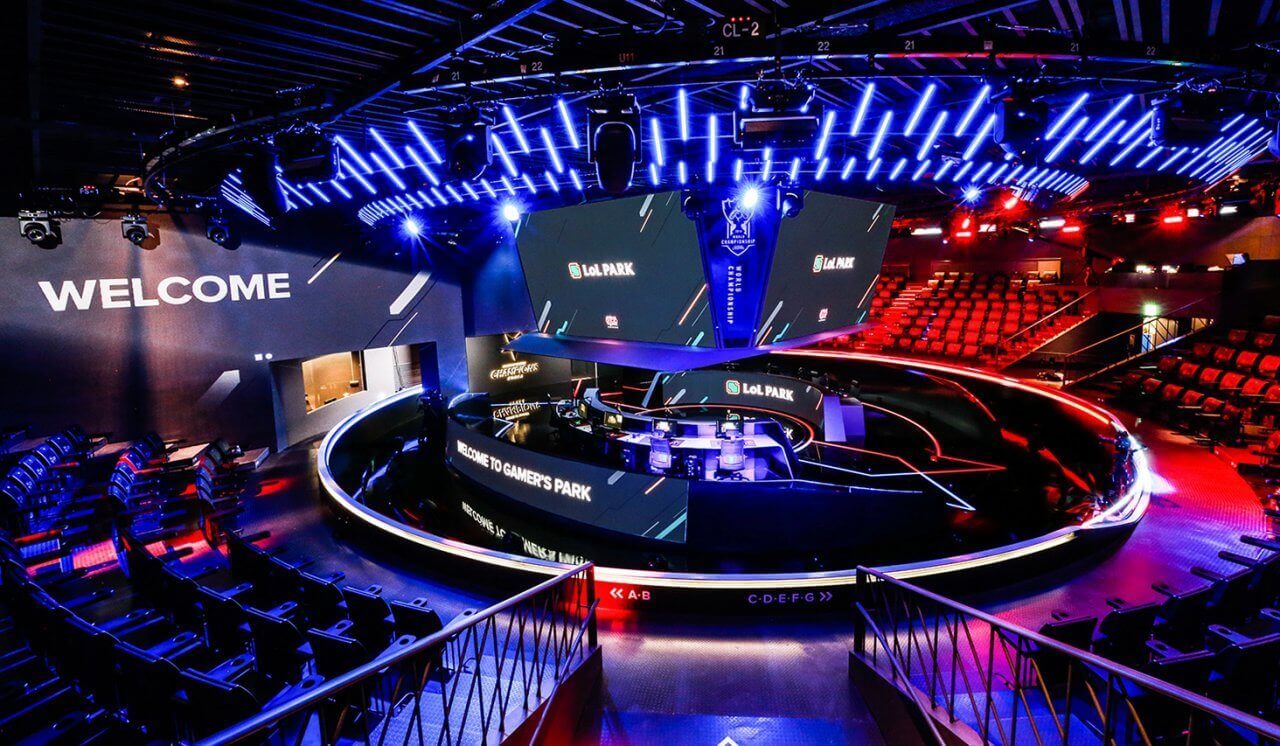Confused by a game’s finale? This article breaks down 15 notoriously puzzling endings with clear explanations and a grounded look at what those twists were really about.
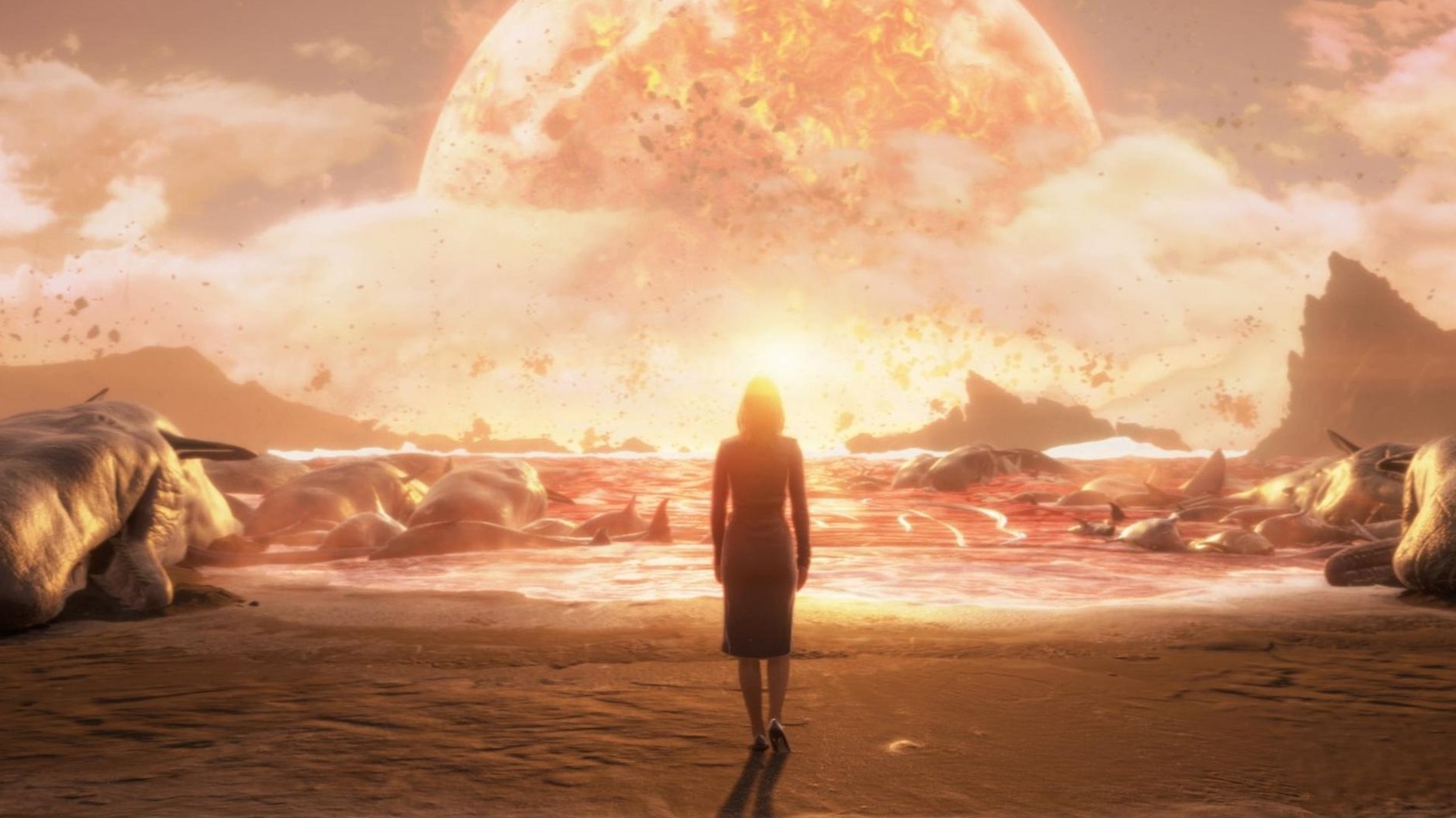
Some video games wrap things up with a neat little bow, but others seem determined to leave you staring at the credits wondering what kind of cosmic joke you just experienced. This list dives into the endings that twisted logic, broke your brain a little, or made you check Reddit at 3 a.m. just to feel less alone. Think of it as a guided tour through confusion, but with fewer existential spirals.
Whether it was a philosophical plot twist, a hidden clue buried in optional dialogue, or a finale that seemed to forget it was supposed to explain anything, these games embraced mystery like it was a personality trait. Here, we break down the most baffling finales – not to ruin their magic, but to finally help them make a tiny bit of sense. Emphasis on tiny.
Death Stranding (2019)
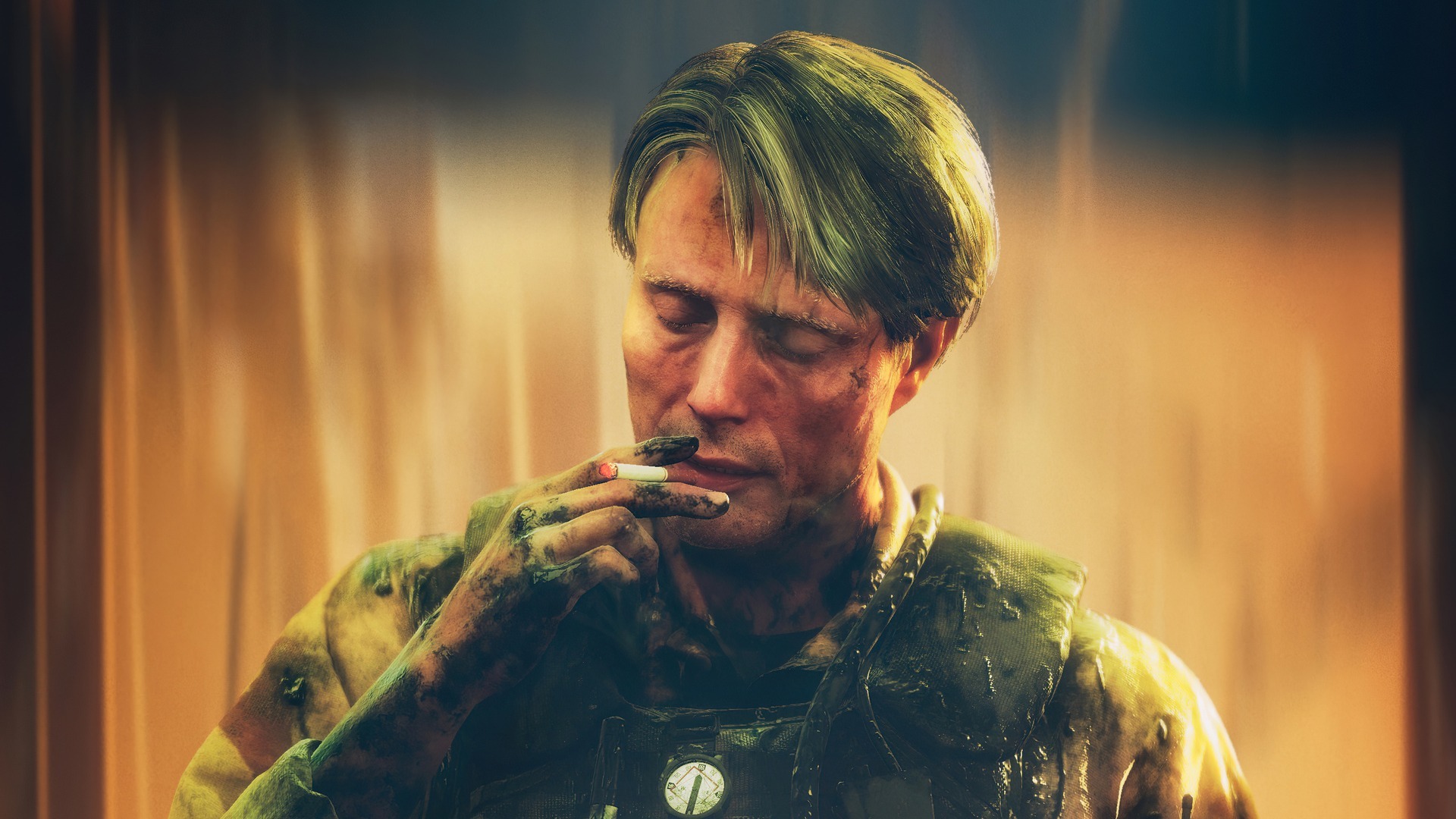
Nothing quite prepares players for the moment Death Stranding reveals what all those cryptic visions, spectral babies, and lonely hikes were building toward. The finale suddenly shifts from courier duty to a full-on metaphysical dissection of connection, grief, and cosmic cycles, leaving many players blinking at the screen while the credits roll. Once the story finally explains the role of Amelie and the extinction entities, it becomes clear the whole game has been quietly rewriting the rules of life and death. Even Sam’s most confusing moments snap into place once you see how the world has been folding in on itself. That winding emotional detour on the beach? It’s the key to understanding why the story had to unfold the way it did. And yes, it’s intentionally strange – Kojima never pretended otherwise.
Little Nightmares (2017)
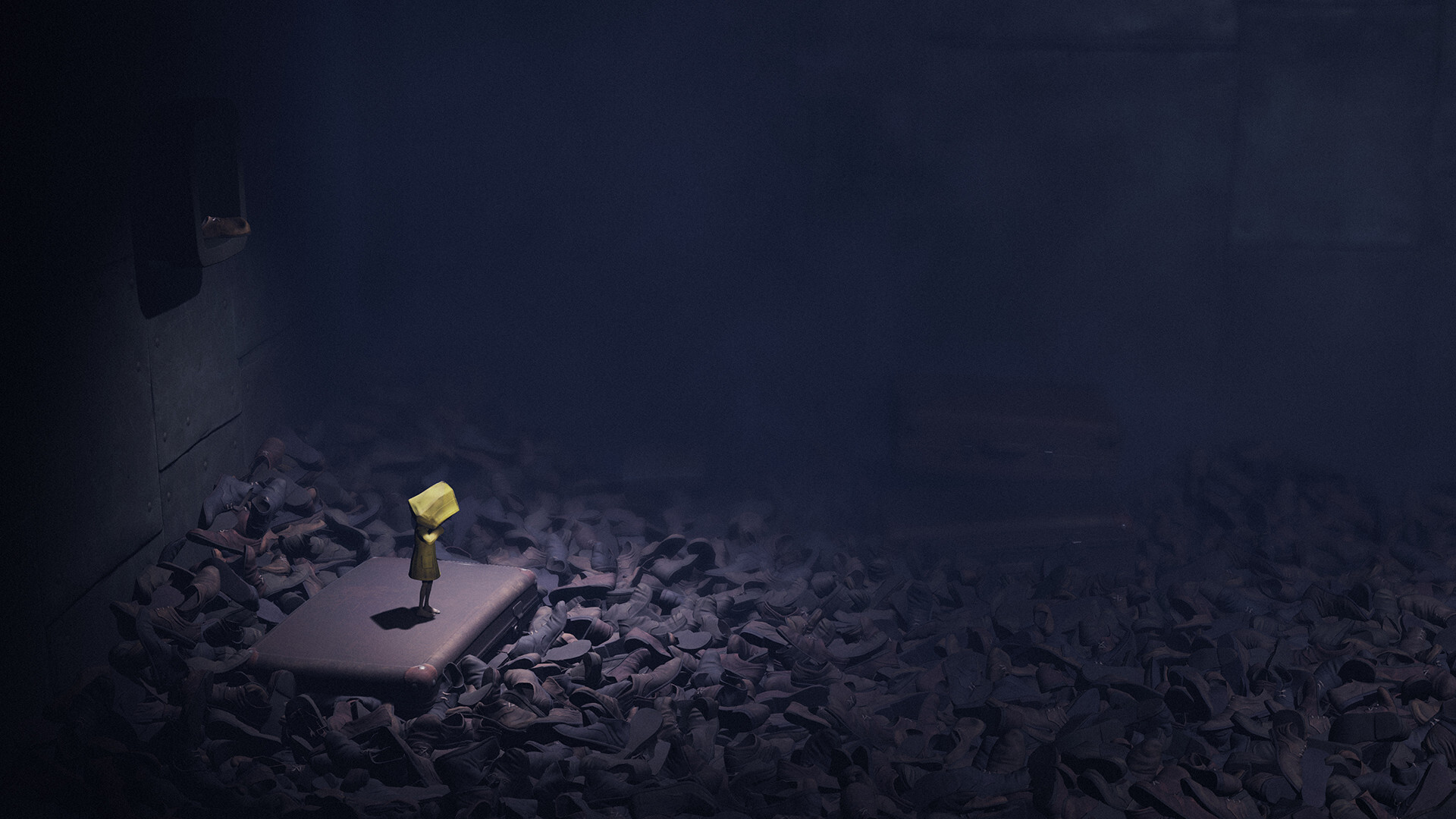
The final act of Little Nightmares doesn’t bother softening its punch, and that’s exactly why it lingers long after the last encounter. When Six finally confronts the Lady, the game stops hinting at its themes and lays them bare in a single chilling sequence. Suddenly the hunger that’s been haunting the story takes center stage, turning from a simple gameplay mechanic into a revelation about its protagonist’s nature. The way she absorbs the Lady’s power feels both triumphant and disturbing, leaving players unsure if they just witnessed a rescue or a transformation into something far more frightening. Those shadowy figures and grotesque diners finally make sense in hindsight – they’re reflections of a broken cycle perpetuated by appetite. The ending is intentionally opaque, but its emotional clarity is impossible to miss.
Bloodborne (2015)
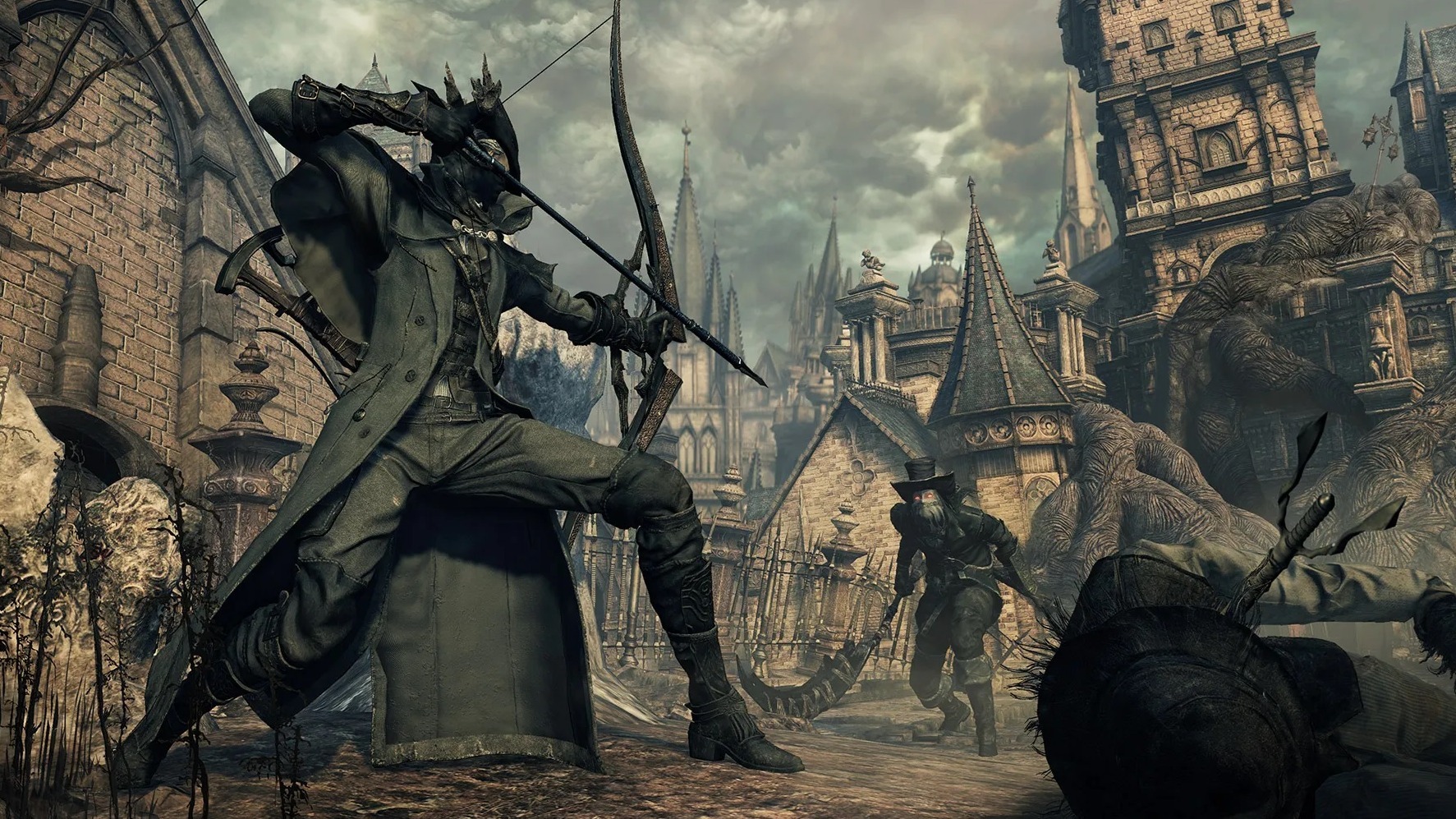
Anyone expecting a clean, cinematic finale from Bloodborne discovers quickly that Yharnam has no interest in simplicity or mercy. The closing moments turn the entire narrative inside out, revealing that the hunt was never just about monsters lurking in the dark but the cosmic forces hiding above. The transition from gothic horror to eldritch revelation hits like a fever dream, especially once the Great Ones enter the picture. Choices the player didn’t even realize mattered suddenly become the foundation of entirely different endings, each stranger than the last. Whether you accept Gehrman’s offer or refuse him, the story’s final twist reframes everything you thought you understood about your role in the nightmare. And if you’ve seen the “true” ending, you know exactly how far the rabbit hole can go.
Bioshock Infinite (2013)
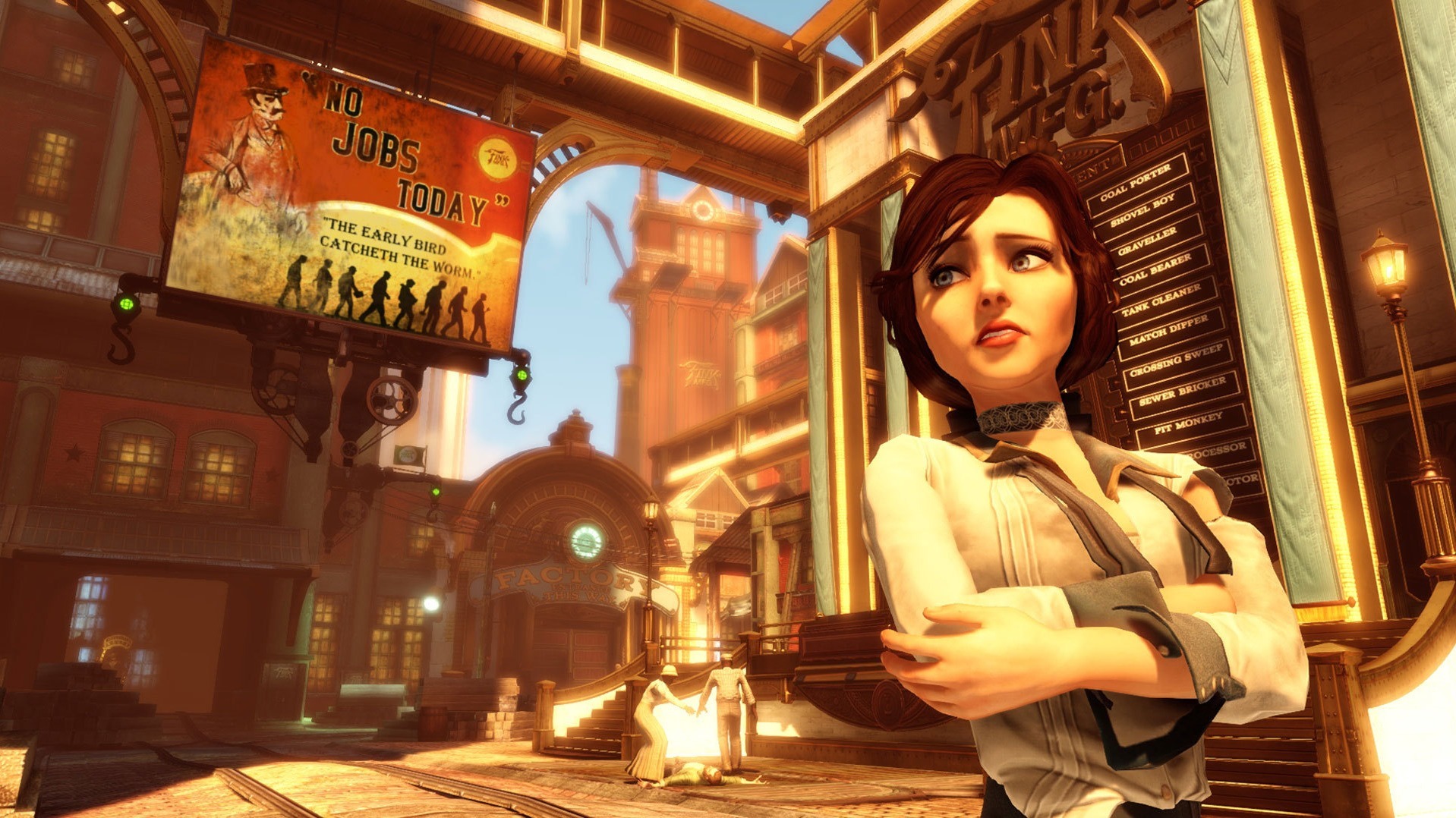
By the time Bioshock Infinite reaches its finale, it stops pretending it’s just a first-person shooter and fully embraces its identity as a multiverse mind-bender. The revelation about Booker and Comstock snaps the story’s timeline into a shocking, tragic loop that reframes every moment in Columbia. Suddenly Elizabeth’s abilities, the Lutece twins’ riddles, and the game’s recurring symbolism lock together with almost uncomfortable precision. The emotional weight of that final baptism scene hits harder once you realize how many versions of Booker had to be sacrificed for the cycle to end. It’s an ending that invites a mix of awe and bewilderment – exactly the blend Irrational Games aimed for. Even years later, players still debate whether the final choice truly breaks the loop or simply creates another branch.
Minecraft (2011)
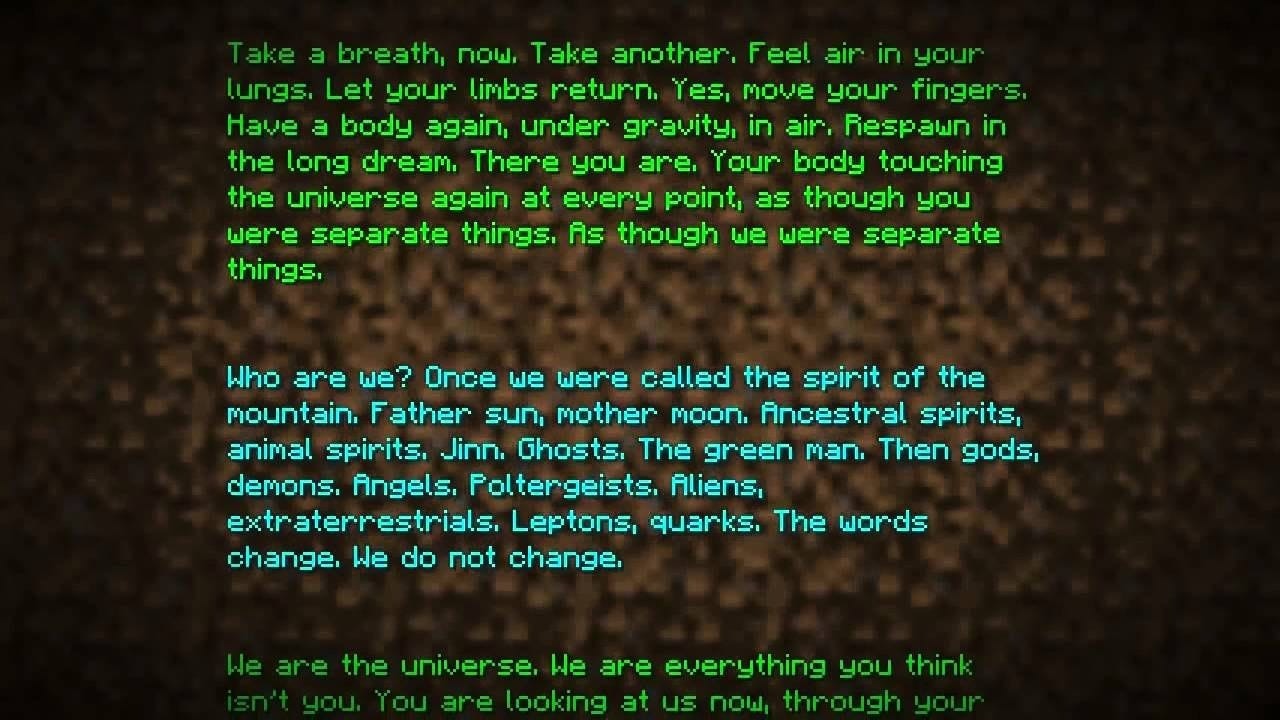
For a game that rarely tells you what to do, Minecraft delivers an ending so unexpected that many players assume it’s a joke the first time they see it. After defeating the Ender Dragon, the screen dissolves into a cryptic, poetic conversation between two unseen entities discussing the player’s purpose. The dialogue drifts between mystical, philosophical, and lightly teasing, turning the credits into a surreal narrative moment hidden in plain sight. It suggests the game world has been observing you all along, quietly interpreting your creativity as something much bigger. The ending doesn’t “explain” anything in a traditional sense, but instead reframes the entire adventure as a reflection on imagination and agency. It’s whimsical, strange, and oddly profound – perfect for a sandbox built on endless possibility.
Limbo (2010)
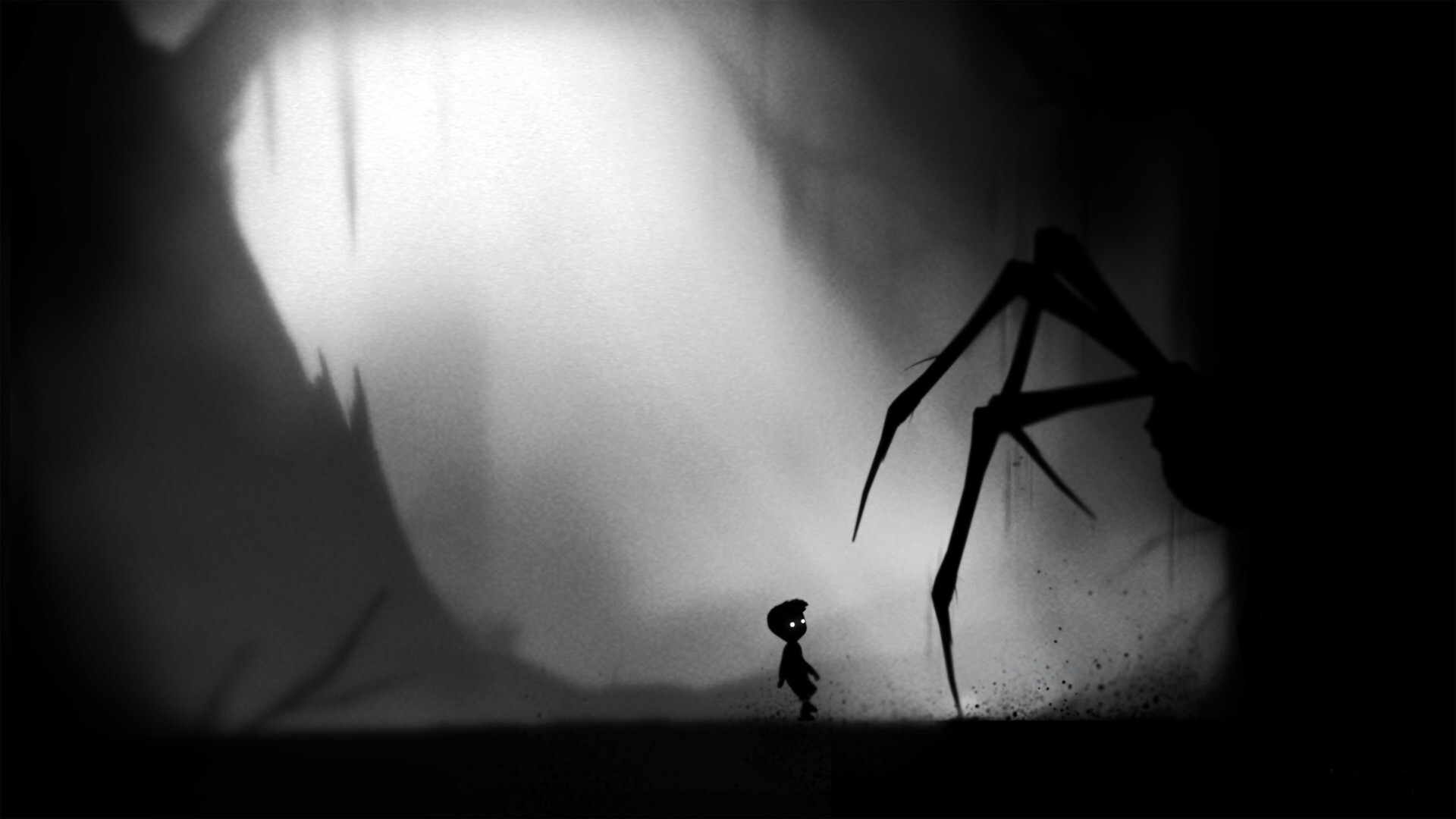
Wandering through Limbo’s stark monochrome world always feels like drifting inside a dream that refuses to explain itself, which makes its ending especially haunting. When the boy finally breaks through the glass barrier and encounters the girl, the game offers no clean answers – just a moment loaded with quiet implication. The abrupt fade-out invites players to wonder whether the entire journey was a metaphor for loss, guilt, or the fading line between life and death. Every shadowy creature and brutal trap takes on new meaning in retrospect, as if the world has been shaped by memories rather than geography. The final scene’s ambiguous stillness lingers longer than any jump scare ever could. And part of the magic lies in how confidently the game lets interpretation do the heavy lifting.
Eternal Sonata (2007)
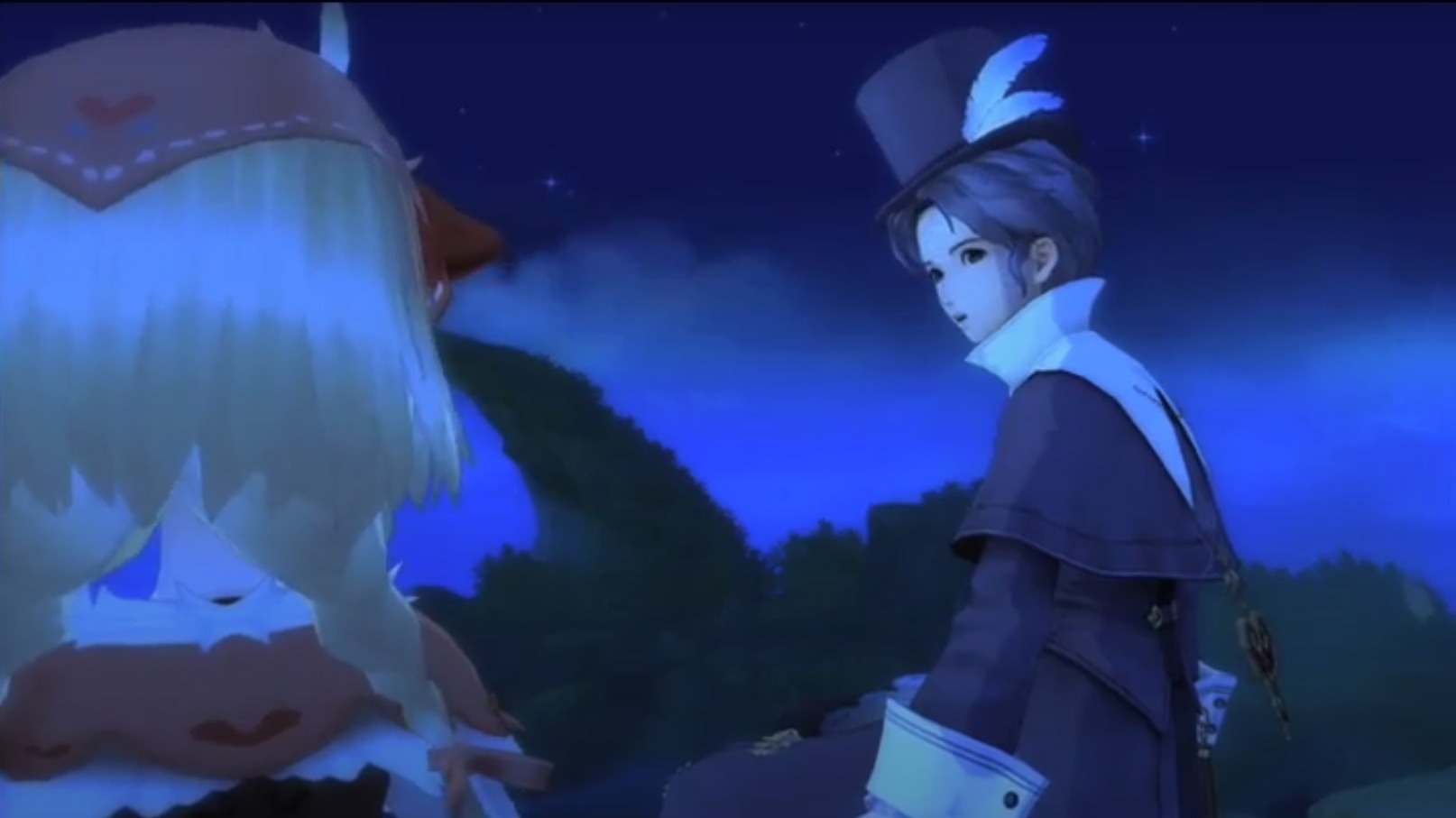
Not many players expect Eternal Sonata to shift from whimsical fantasy into full-blown metaphysical reflection, yet the finale embraces that pivot with surprising elegance. When the story reveals that the entire adventure unfolds inside Chopin’s mind during his final hours, every colorful location and character suddenly carries emotional weight. The line between reality and imagination dissolves, turning the narrative into a meditation on legacy, mortality, and the beauty of fleeting moments. Scenes that once felt like lighthearted JRPG fare transform into symbolic expressions of the composer’s inner conflicts. Even the ending’s bittersweet tone feels deliberate, wrapping the journey in a quiet sense of acceptance. It’s a conclusion that rewards players willing to sit with its meaning rather than chase a literal explanation.
No More Heroes (2007)

Trying to make sense of No More Heroes’ finale is almost a rite of passage, given how gleefully the game embraces absurdity before dropping a final twist that reframes everything. Just when players think they understand Travis Touchdown’s over-the-top ascent through the assassin ranks, the story swerves into revelations about family ties, revenge cycles, and the blurred line between fantasy and reality. The tonal chaos becomes part of the point: Travis’s whole journey has been stitched together from delusion, bravado, and half-truths. By the time the last confrontation plays out, the game has transformed its satire into something unexpectedly introspective. Even the wildest revelations feel like commentary on Travis’s craving for identity in a world built on spectacle. It’s messy, bold, and unmistakably deliberate.
Mother 3 (2006)

The ending of Mother 3 still leaves players stunned years after experiencing it, not because it hides answers but because it delivers them with heartbreaking clarity. When the final confrontation forces Lucas to fight someone he never wanted to harm, the emotional weight becomes almost overwhelming. The Masked Man’s identity clicks into place, transforming the battle into a tragic collision of fate and memory rather than a traditional boss fight. As the facade collapses and the world literally begins to fall apart, the game offers one final message about love, loss, and resilience. Even the post-ending blackout feels intentional, trusting players to understand that hope survives even when the screen goes dark. It’s a conclusion that doesn’t just wrap up a story – it reshapes everything that came before it.
Pathologic (2005)
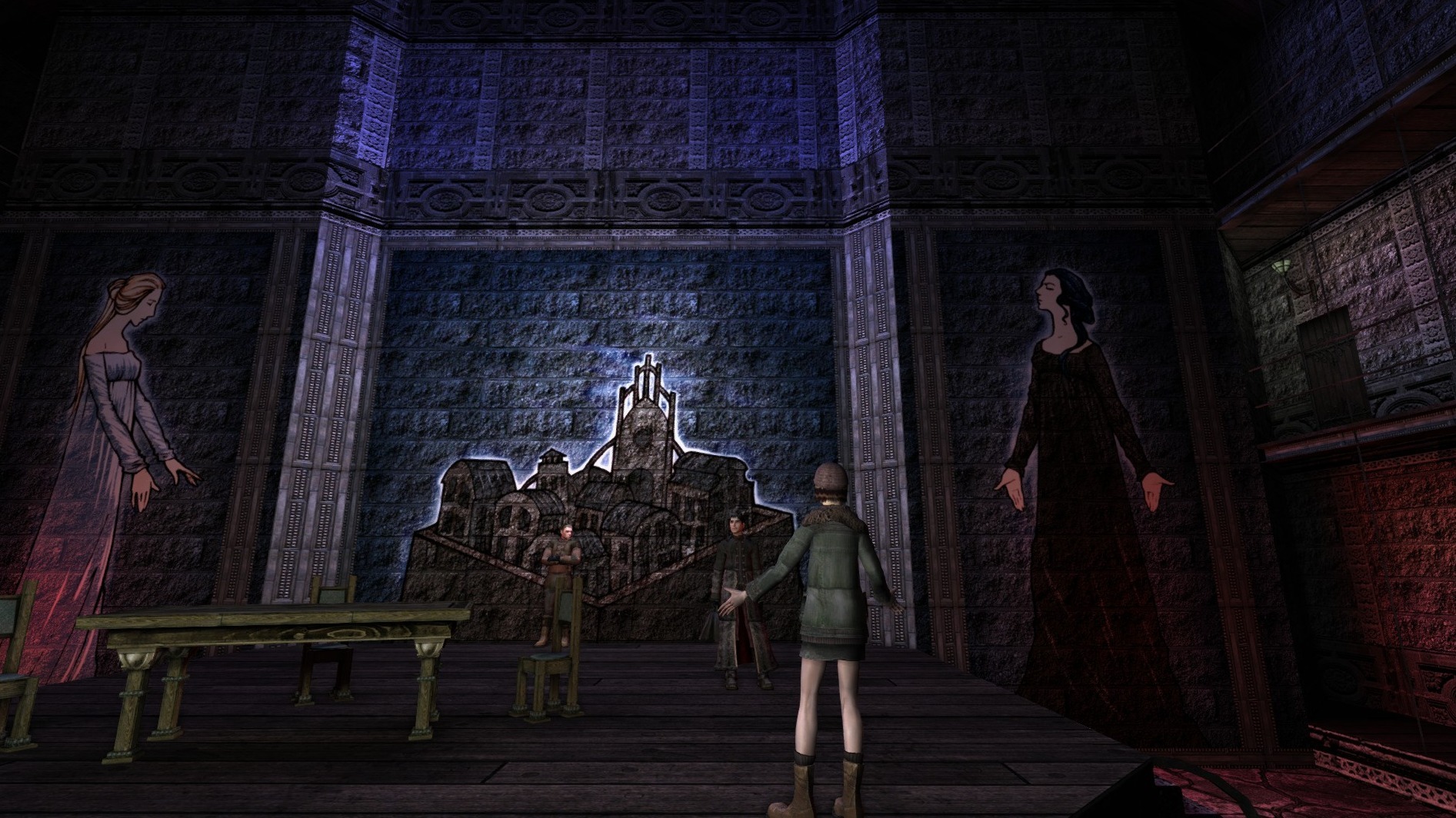
Stepping into Pathologic’s finale feels like reaching the center of a feverish performance where reality has been eroding since the moment you arrived in the Town. The ending reframes the entire experience as a layered theatrical construct, revealing that the characters, rituals, and mysteries have all been part of a symbolic cycle rather than a straightforward narrative. Every moral decision and desperate act suddenly feels like a rehearsal for a truth the game has been quietly hiding. The revelation that the world may be a stage built for the player’s intervention adds unsettling depth to the disease-ridden landscape. Even the conclusion’s refusal to offer comfort feels deliberate, as if the Town insists on existing beyond simple interpretation. The result is an ending that lingers not through clarity but through its unnerving confidence in ambiguity.
Shadow of the Colossus (2005)

By the time the last colossus falls, Shadow of the Colossus quietly shifts from heroic quest to something far more unsettling, and the ending makes that tonal shift impossible to ignore. Wander’s transformation isn’t presented as a twist so much as the inevitable cost of everything the player has done, turning each earlier victory into a retroactive weight. The return to the shrine casts a somber shadow over the entire journey, revealing that the lines between sacrifice and corruption were thinner than they appeared. Even the reunion scene leaves players torn between beauty and dread, unsure whether they’ve restored something or merely prolonged a doomed cycle. The game never spells anything out, yet its message settles in with aching clarity. Few finales linger the way this one does – not through exposition, but through haunting aftermath.
Killer7 (2005)
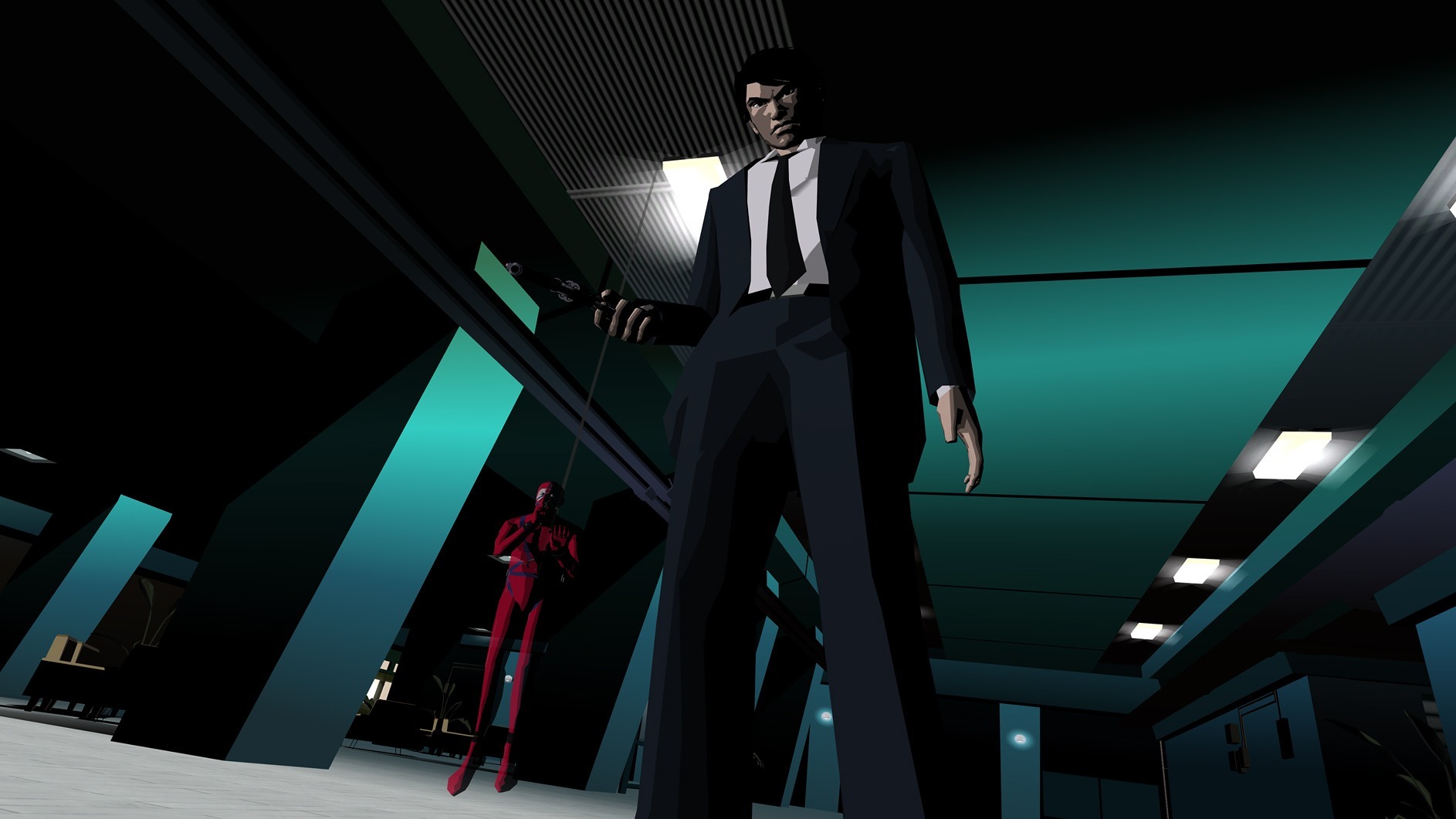
Nothing about Killer7 plays straight, so it’s fitting that its ending detonates any remaining certainty the player may have had. Once the game reveals the tangled geopolitical puppetry behind its assassins, the story spirals into a finale that feels equal parts theatrical, cynical, and darkly comic. The shifting identities of the Smiths snap into a disturbing new pattern, exposing layers of manipulation and national rivalry beneath the stylish chaos. Scenes that once seemed cool for cool’s sake turn out to be loaded with commentary about power and manufactured narratives. When the story finally pulls back the curtain, it becomes clear the game never wanted players to trust a single surface-level explanation. The closing moments manage to be cryptic and razor-sharp at the same time – classic Suda51.
Metal Gear Solid 2: Sons of Liberty (2001)
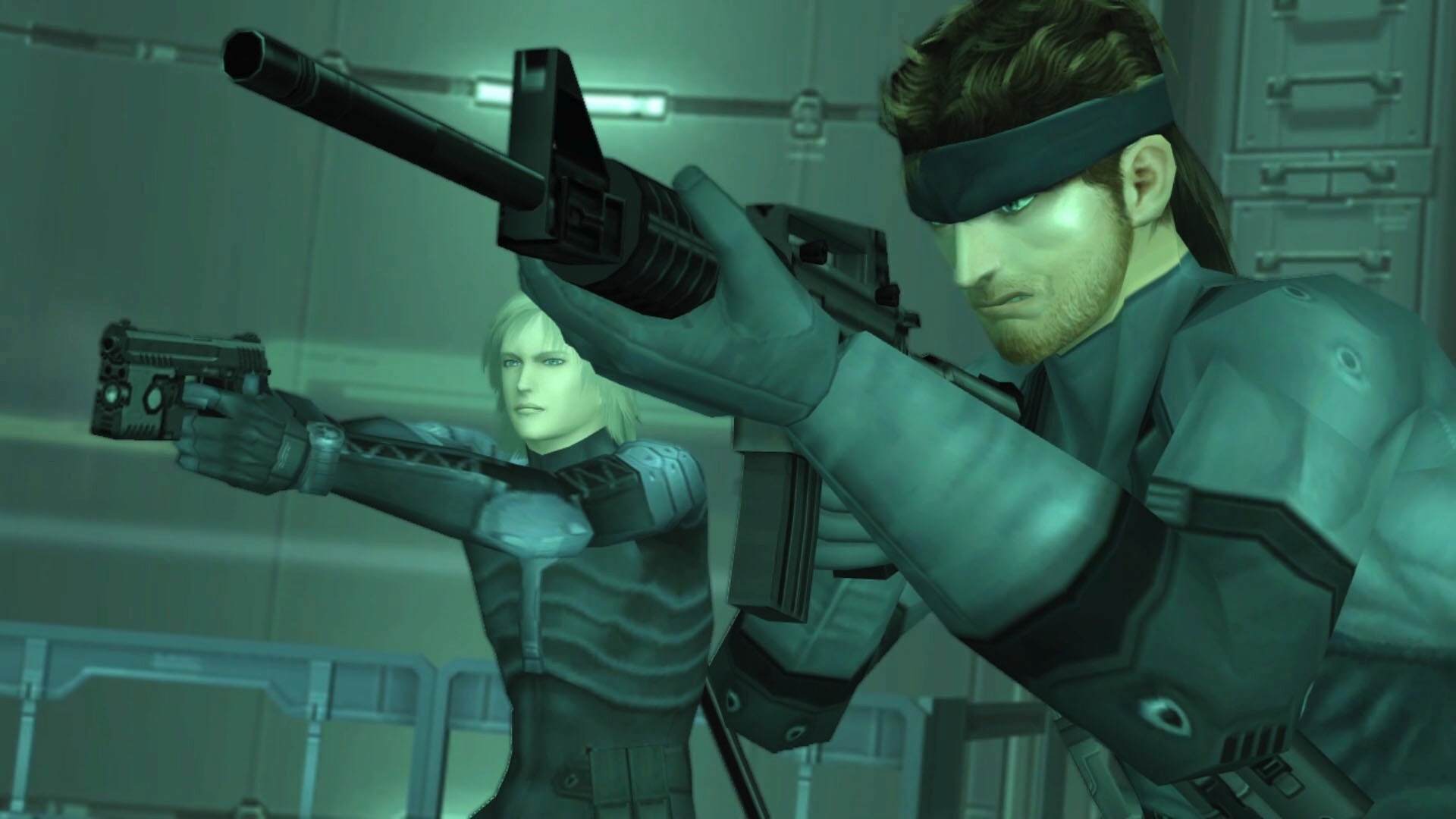
Trying to pin down the ending of Metal Gear Solid 2 is like trying to grab smoke – just when it seems concrete, it slips into another layer of meta narrative. The Patriots’ revelation reframes Raiden’s entire mission as a manipulated simulation, twisting the plot into commentary about control, information overload, and manufactured truth. Codec calls that once felt quirky transform into deliberate cracks in the façade, revealing just how deeply the system has embedded itself into Raiden’s reality. The final confrontation stops being about physical stakes and becomes a philosophical tug-of-war over autonomy. Even the post-battle speech lands like a warning wrapped inside an action-game finale. It’s dense, prophetic, and intentionally disorienting – and that’s exactly what keeps it relevant decades later.
The Legend of Zelda: Majora’s Mask (2000)
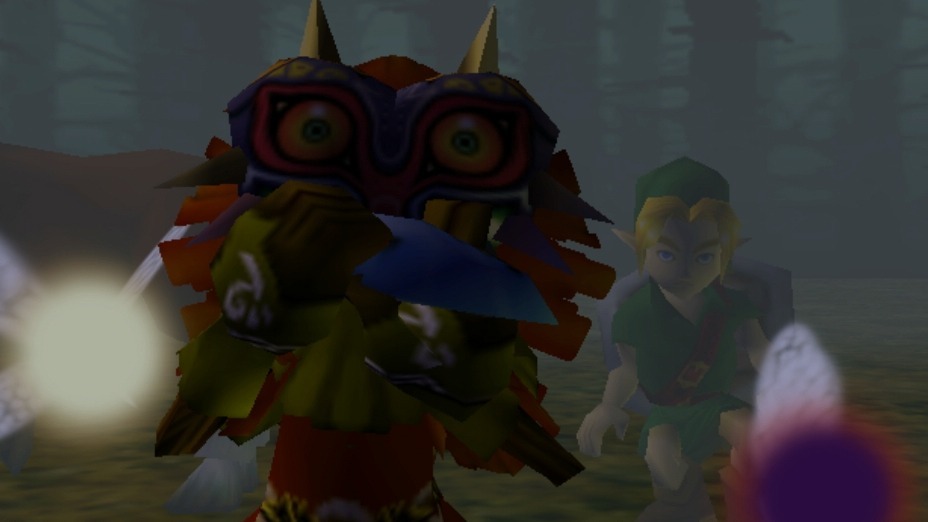
When the moon finally smiles its terrible smile one last time, Majora’s Mask delivers an ending that feels equal parts catharsis and melancholy. The climax transforms Termina from a doomed playground into a portrait of a world healing in real time, shaped by every mask, quest, and choice you made along the way. Watching the celebration after so many cycles of dread feels almost surreal, as if the game wants you to feel the emotional whiplash as strongly as its characters do. Yet the story never fully shakes its undercurrent of sadness – the kind that lingers even after victory. Link’s quiet departure reinforces the idea that this was a journey about empathy as much as heroism. And with the masks now silent, the world feels a little emptier in the best possible way.
DreamWeb (1994)

The ending of DreamWeb lands like a final blow from a story that’s been eroding the boundary between nightmare and prophecy since the opening scene. When Ryan’s mission reaches its conclusion, the game abruptly questions whether he’s been guided by destiny or delusion, leaving players shifting uncomfortably in the space between. The fragmented visions and cryptic diary entries retroactively color every choice, while the final reveal casts doubt on the morality of the entire journey. Its grim, ambiguous resolution forces the story to linger long after the screen goes dark, fueled by the unsettling suggestion that the truth may lie entirely outside the player’s grasp. The game’s willingness to embrace psychological ambiguity gives its finale an edge rarely seen in ’90s adventure titles. Even decades later, it still feels disturbingly ahead of its time.
